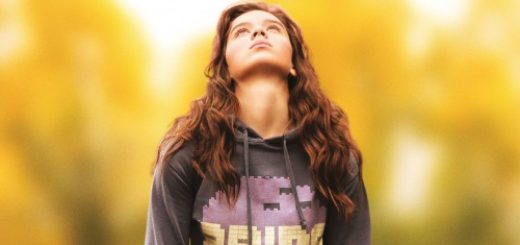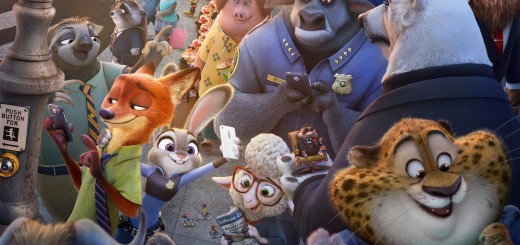THE JUNGLE BOOK Review
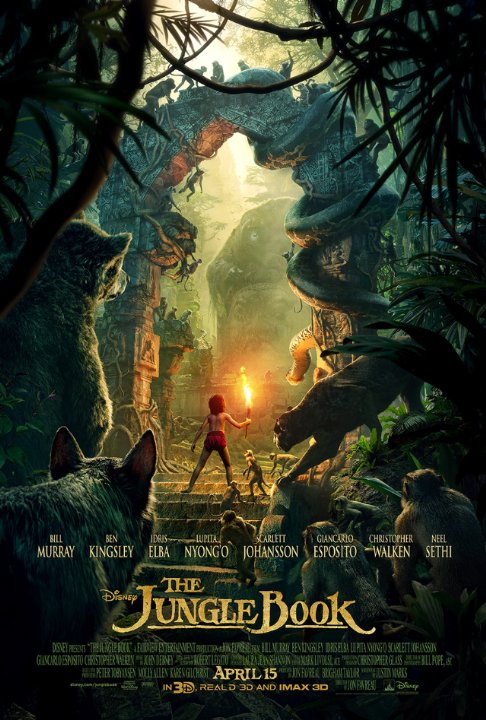
Director: Jon Favreau
Genre: Family Animation
Year: 2016
THE JUNGLE BOOK has been adapted to cinema so many times. It’s a chore to keep track of. I was introduced to the property through Zoltan Korda’s 1942 picture JUNGLE BOOK, but for most, Favreau’s most recent take on THE JUNGLE BOOK will recall the famous 1967 Disney film of the same name. After all, both are animated romps from the House of Mouse targeting younger audiences with whimsy and song. Yet this new telling of the age-old tale has far more in common tonally and thematically with 1994’s RUDYARD KIPLING’S THE JUNGLE BOOK, a Stephen Sommers joint that had as much to do (read: nothing) with its source material as Favreau’s. Though while Sommers was wise enough to completely diverge from a tired formula, Favreau’s interpretation fumbles in trying to stick to its roots while also telling its own story.
The basics of the new movie shouldn’t shock anyone familiar with earlier adaptations. Child Mowgli (Neel Sethi) is a man cub raised by wolves in the jungles of India, guided both by the panther Bagheera (Ben Kingsley) and bear Baloo (Bill Murray). The tiger Shere Khan (Idris Elba) hates humans, and makes it his mission to kill Mowgli. Mowgli then faces the decision between fleeing to the man village to be with his kind or to stay and defend Khan’s brand of Frosted Flakes fascism.
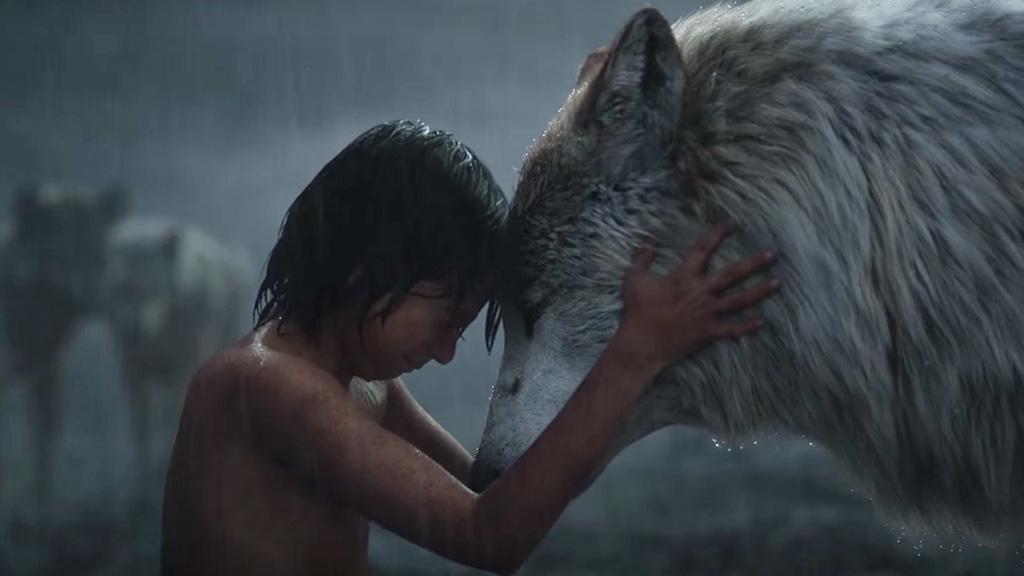
“Now, go, Mowgli! The future of our kingdom depends on you!”
The basics from the ‘67 film are all there, but it’s the way they’re portrayed here that make the key difference. THE JUNGLE BOOK, though one of the more kid-friendly adaptations, is markedly darker and more dour than any other previous imagining. Mowgli and Baloo still satisfy the curious kid/carefree bear dynamic, but the same can’t be said for the rest of the characters. This Shere Khan isn’t just interested in eating Mowgli, but instead is a terrifying despot that wants to rule the jungle with an iron paw. King Louie (Christopher Walken) has gone from a carefree orangutan to a menacing King Kong clone that Mowgli has to fight in a dramatic chase scene. Bagheera is the same stern Ben Kingsley you’ve seen a hundred times, rather than a foppish, overgrown pussycat, and Colonel Hathi and his Elephant Patrol have been completely written out and relegated to an insignificant visual cue. Also, because Scarlett Johansson had to be in this movie, Kaa the snake is now a sexy seductress that Mowgli wants to do the dirty with.
It’s not a bad thing for a reboot to try to take a different direction, but THE JUNGLE BOOK has put itself in a position where it’s impossible not to compare it to the ‘67 film, and from Favreau’s fanboyish introduction to the film to the hamfisted inclusion of “Bare Necessities,” it’s clear that the 2016 version is afraid to leave the nest. On one hand, you’ve got Baloo antics and a Christopher Walken rendition of “I Wan’na Be Like You.” On the other, you’ve got intense action sequences and an exhausted plot where an exiled prince must return home to reclaim his throne. It fails to capitalize on the inherent fun that comes with the franchise and characters, while also delivering a tale fraught with tension and action that feels completely out of place with the established trappings. In the end, it feels more like a second-rate THE LION KING knockoff than a worthy new successor to THE JUNGLE BOOK.
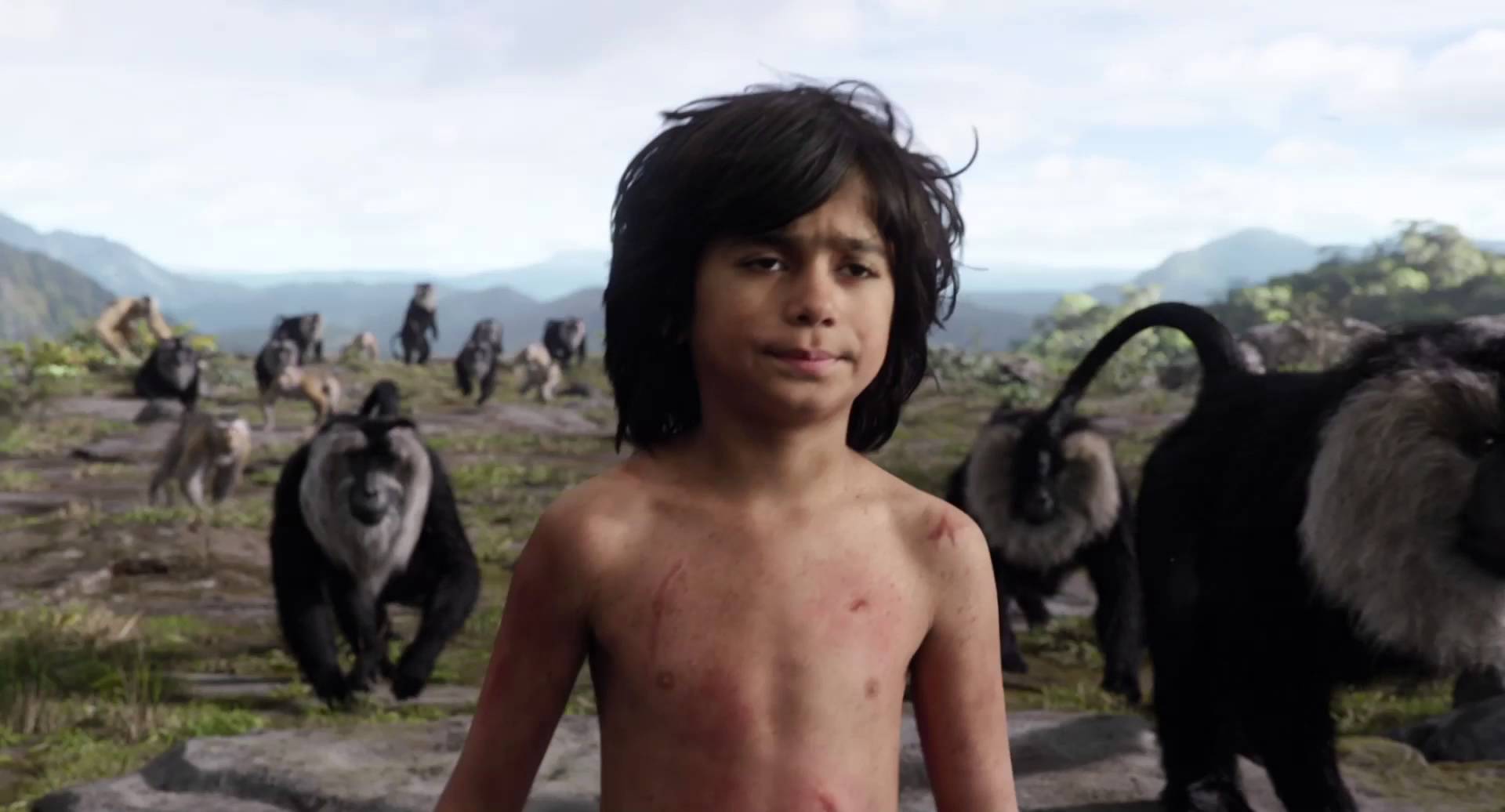
:^\
Not to ignore the elephant troupe in the room (despite Favreau managing to do a good job at it), THE JUNGLE BOOK is a monument of visual effects. Despite the live portrayal of Mowgli, it’s valid to classify this film as animation, and a phenomenal achievement in the medium at that. The industry is getting closer and closer to blurring the lines between virtual and real worlds, and THE JUNGLE BOOK surpasses even AVATAR at creating this illusion. However, unlike AVATAR, THE JUNGLE BOOK lacks a dynamism in visual design that made that film so compelling to look at. Unlike Korda and Sommers, Favreau never leaves the jungle, and aside from Louie’s ruins and the arid wolf den, there’s almost zero distinction between each set.
If there is any other department THE JUNGLE BOOK excels in, it’s the voice casting of its animal characters. Despite the material they’re given to work with, each performance is a commendable accomplishment. You can’t really go wrong with the likes of Murray and Kingsley, and they both act as good as you’d expect. Elba steals the show with his snarly role, and I’m sure 2016 Shere Khan will be a fan favorite among Disney villains for years to come. But… and yes, there’s always a caveat, lead actor Neel Sethi succeeds only in breaking audience immersion. It’s nearly impossible to find a child actor with the professional talent of an adult counterpart, but Sethi is not the exception. It doesn’t help that the kid was essentially alone on a soundstage during production, but it’s not his mannerisms that are the critical offenders. Mowgli hastily races through his lines with clumsy recitation rather than natural delivery, making the whole affair feel more like a fifth grade play than a Hollywood blockbuster. It would be interesting to see Sethi in a role more suited to his experience, but I have my doubts that even a ROOM-level script would go any better with him at the helm.
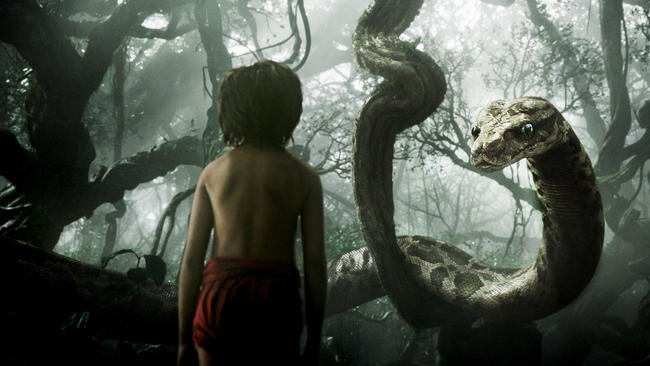
There were also many cries of whitewashing after Johansson’s casting as an Indian character
I wouldn’t go as far as to decry Favreau’s THE JUNGLE BOOK as a bad movie. It’s certainly too much of a technical accomplishment to warrant that appraisal, and it’s simply too big to fail in terms of star power and production quality. But there is also too much wrong with it to ever deserve more than that obligatory praise. THE JUNGLE BOOK is easily the least satisfying adaptation out there of Kipling’s classic, and can be best summed up as the biggest disappointment so far of 2016. THE JUNGLE BOOK ignores the bare necessities in favor of blending in with the current cinescape, and it only suffers as a result.
Verdict: Do Not Recommend

